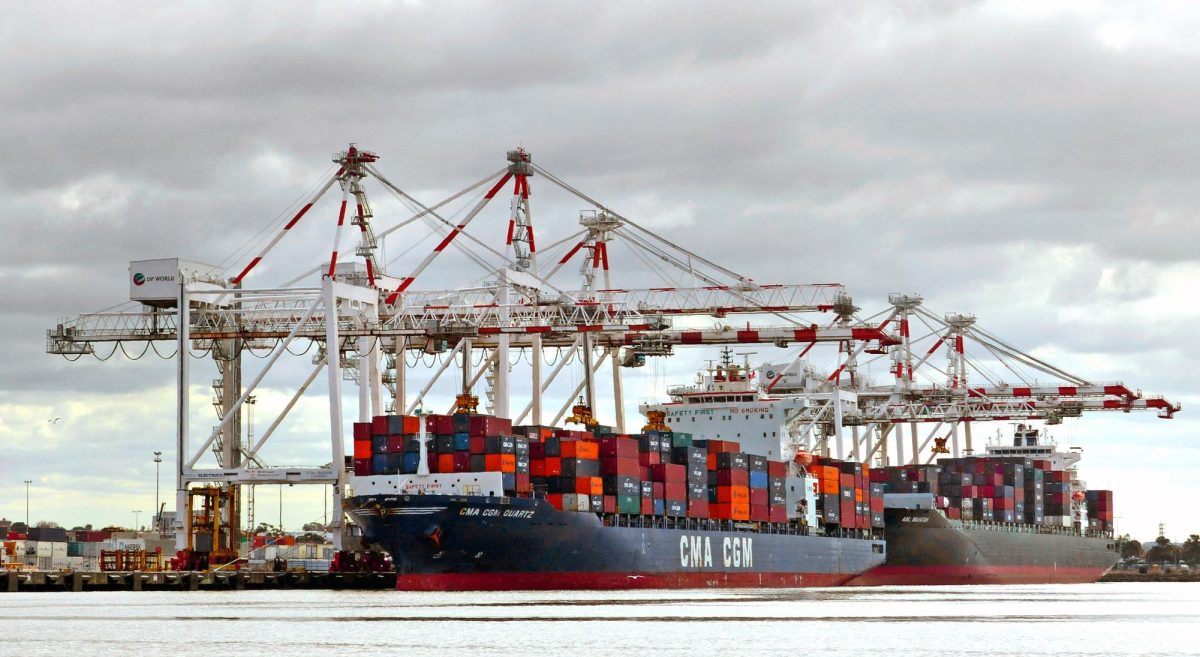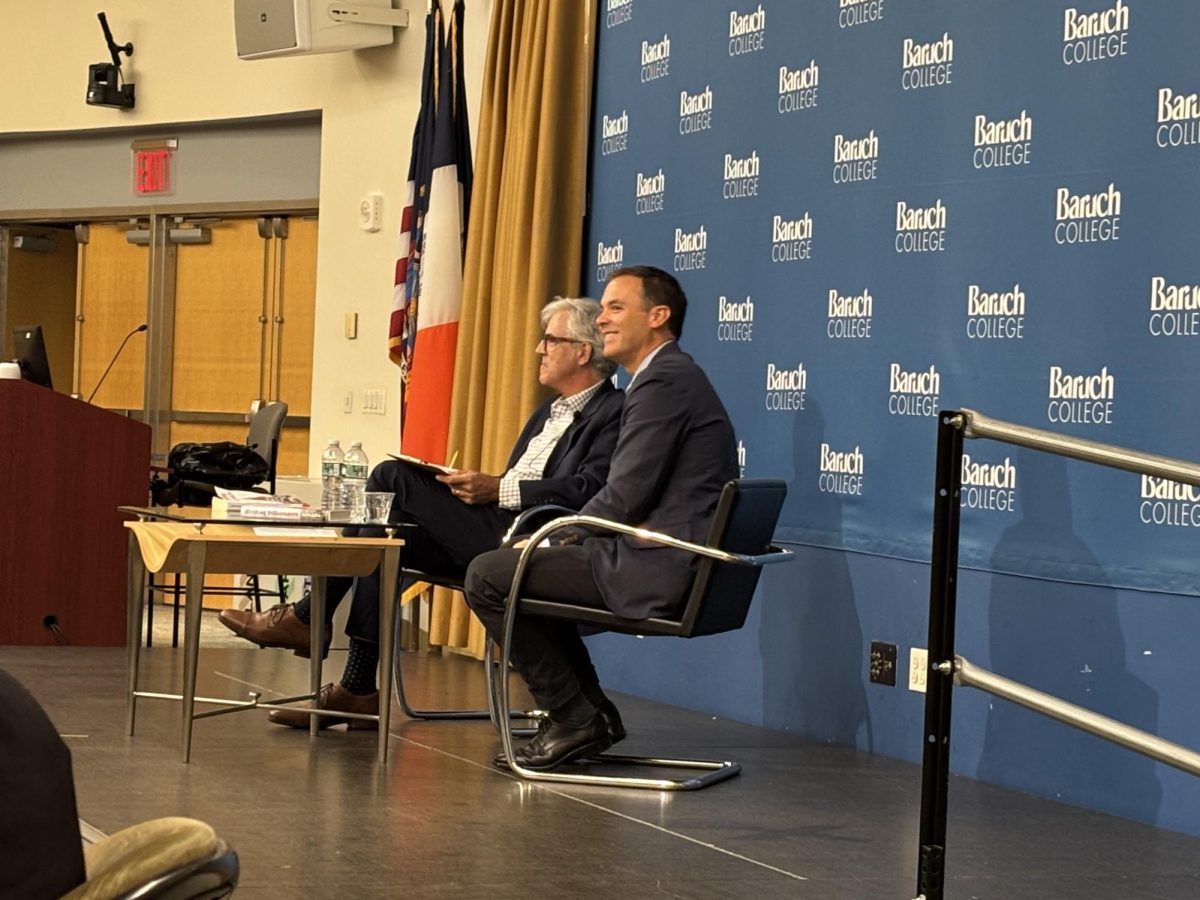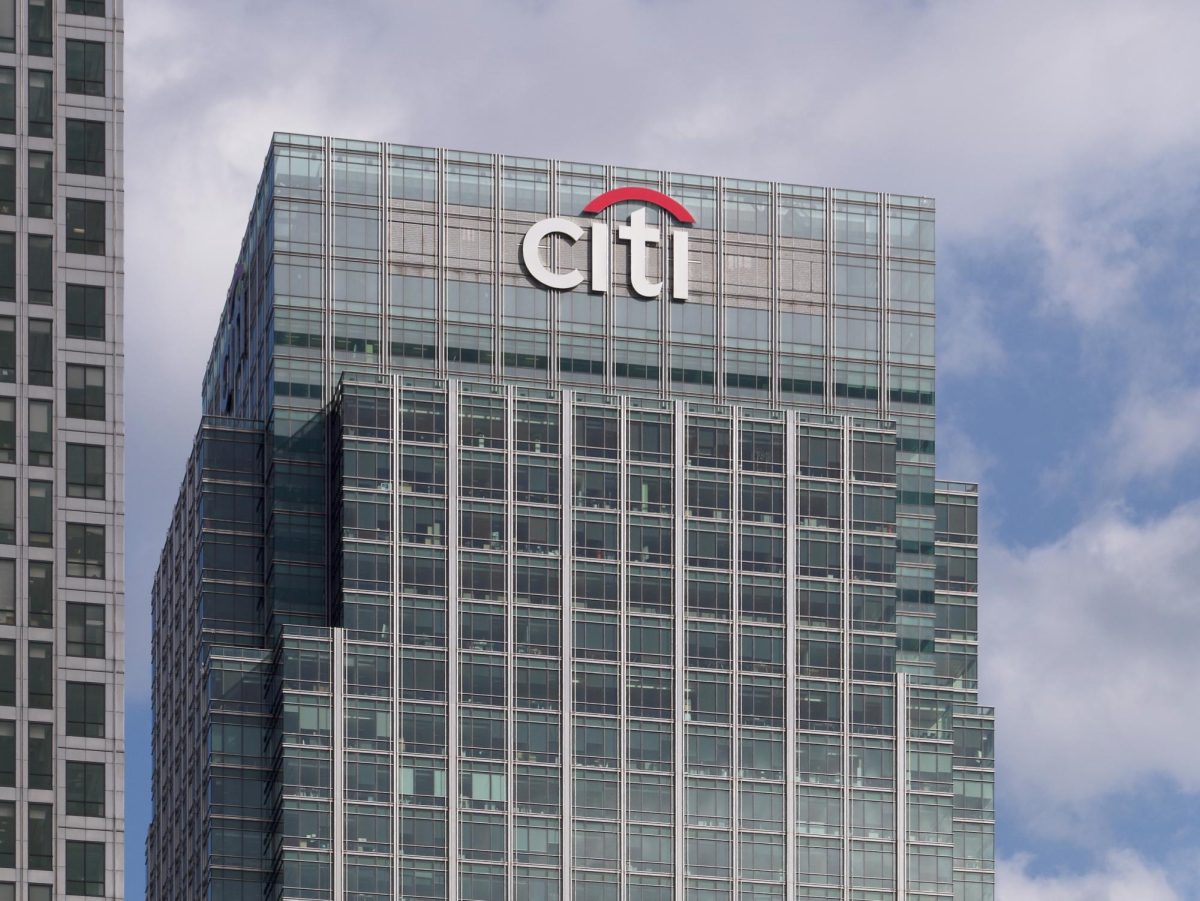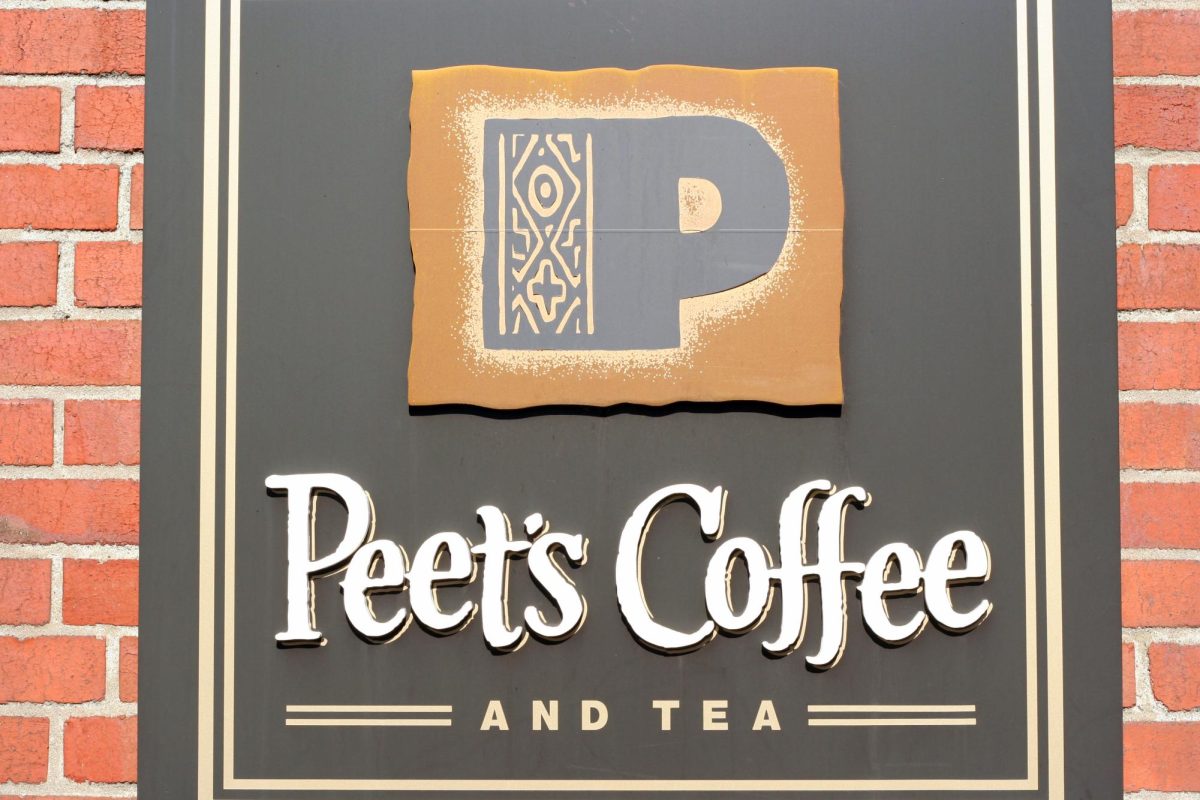The U.S. has doubled tariffs on Indian imports to 50%, escalating tensions between the two countries and shaking industries that depend on U.S. markets.
President Donald Trump explicitly tied the tariffs to India’s continued imports of discounted Russian oil, using economic policy as a form of leverage in foreign affairs.
The fallout has been swift, with exporters of textiles, gems and consumer goods bracing for steep losses, unable to match competitors from Southeast Asia. Industry groups warn this could cost India both market share abroad and jobs at home.
Beyond textiles, exporters of jewelry, automotive parts and chemicals are also raising alarms. Rising costs could push U.S. buyers to seek alternatives, potentially reshaping supply chains that have long relied on India.
To soften the blow, India’s government has announced cuts to consumption taxes on everyday goods including soaps, scooters and packaged foods. The policy is aimed at boosting domestic demand to cushion the shock of reduced export earnings.
Pharmaceuticals, one of India’s strongest export sectors, is being forced to pivot.
Indian drugmakers are now expanding in markets like Brazil, Russia and the Netherlands to reduce reliance on the U.S., which currently accounts for more than a third of India’s pharmaceutical exports.
Experts say that shifting into new markets is not a quick fix. Supply chains will likely face delays and short-term revenue could fall sharply as firms reduce reliance on U.S. buyers.
The broader political implications are just as significant. Analysts warn that the tariffs could drive India closer to Russia and China, undermining U.S. influence in Asia and reshaping diplomatic alignments in the Indo-Pacific.
This shift has already begun to surface in high-level diplomacy.
Indian Prime Minister Narendra Modi’s recent visit to China — his first in seven years — was interpreted by many as a subtle rebuke of the U.S.’s economic pressure.
The legality of the tariffs is also under scrutiny.
The Trump administration is defending the move before the Supreme Court, arguing it falls within presidential powers under national security and trade law. If upheld, the decision could set a precedent for broader executive authority in imposing tariffs.
Importers warn that retailers could be hit especially hard. Apparel chains, jewelry stores and pharmaceutical distributors rely heavily on low-cost Indian goods, and the higher duties could squeeze profit margins. Smaller firms without the ability to pass costs onto consumers may face layoffs or closures, amplifying the policy’s domestic fallout.
Higher tariffs could ripple through retail, e-commerce and healthcare industries, affecting both pricing and availability of goods. Small businesses may struggle to absorb these costs, creating a broader economic strain.
U.S. consumers are likely to face higher prices on imported goods, potentially fueling inflation at home while India could see slowed growth and rising unemployment in export-dependent sectors.
The standoff shows no signs of easing. Whether through further escalation or eventual compromise, the U.S.–India tariff battle is set to shape trade flows, business planning and geopolitical relationships for years to come.








